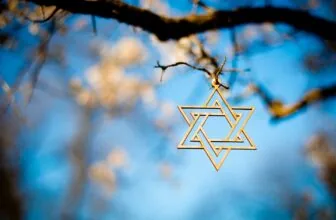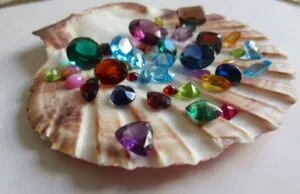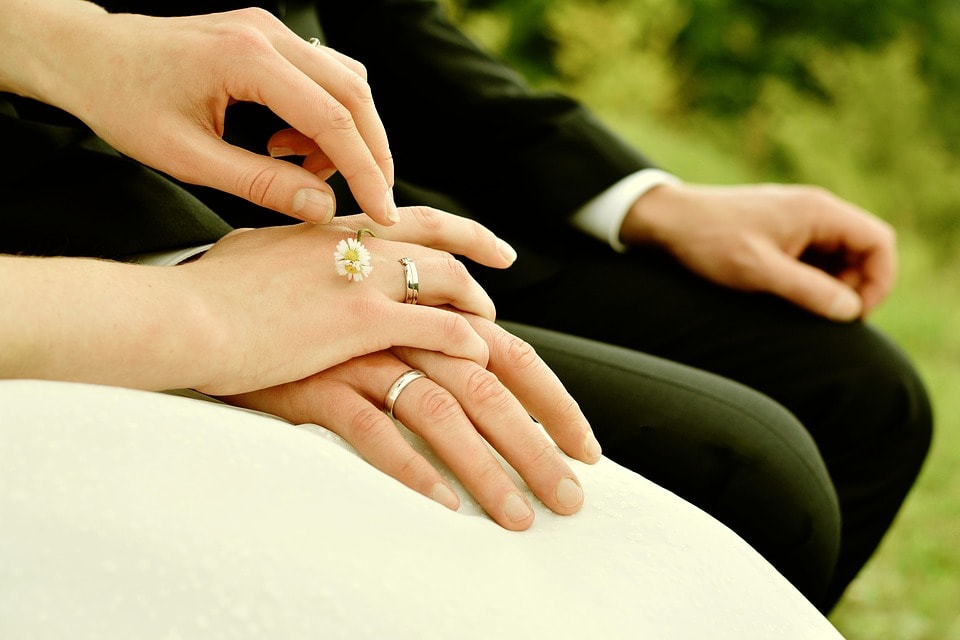
Table of Contents
As Jewelry Shopping Guide editors, we write about things that we love and we think you’ll like too. We often have affiliate partnerships, and may generate some revenue from these links at no cost to you.
The Western tradition of exchanging rings at a wedding has become so symbolic and embedded within our culture. It’s one of the unifying traditions found around the world, dating back to ancient times. But where did it originate, how did it evolve and where do we see the wedding ring in the future?
Ancient Egypt – Where It All Began
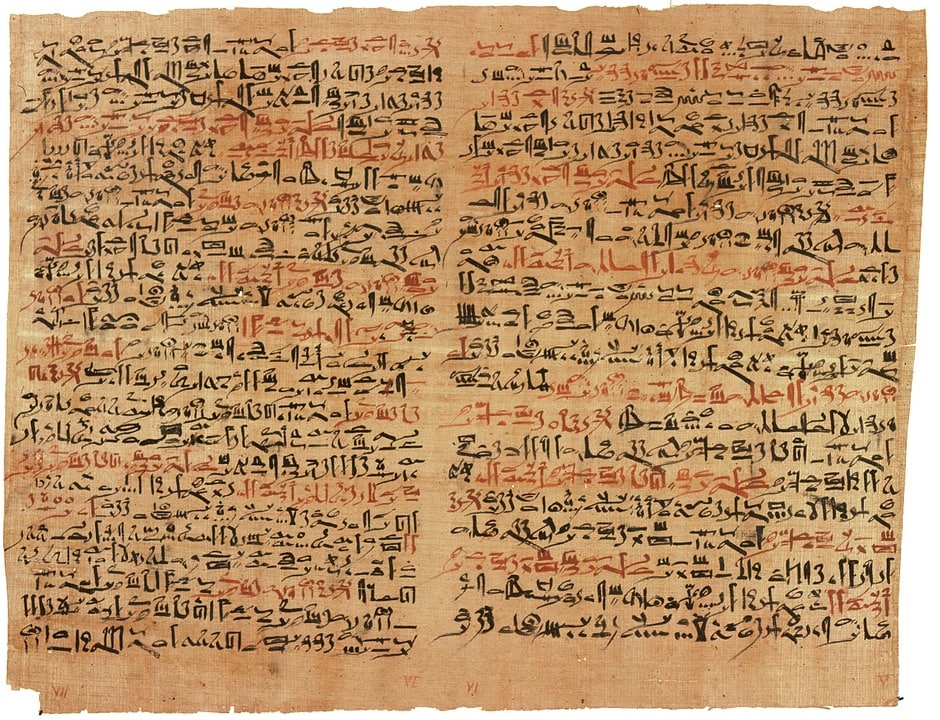
The concept of wedding rings is believed to have originated in ancient Egypt, about 6000 years ago! Based on evidence found in papyrus scrolls and from hieroglyphics, it seems that Egyptian couples would exchange rings made of hemp or reed to signify their love, making them the first to wear rings for love. These, of course, were not permanent and would eventually wear off and break but would probably have been replaced with another ring.
According to the ancient Egyptian beliefs, the circular symbol of the ring represented eternity while the open space in the middle represented a passageway into the future. This symbolism of the ring was ideal for a couple embarking on a new chapter in their life together.
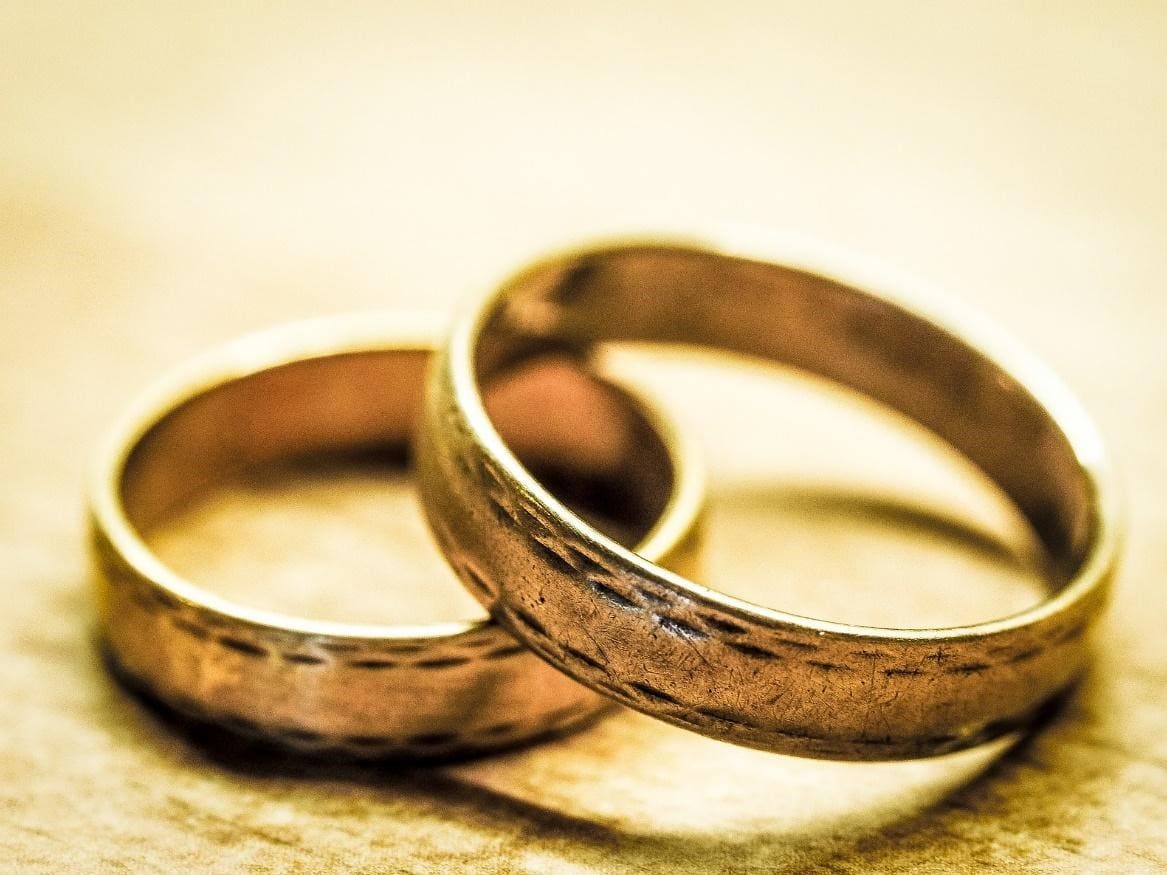
So why a ring? Why not a round bracelet or necklace?
The reason is that Egyptians believed that the third finger of the left hand, what we call our ring finger, was directly connected to the heart. Placing the ring on that finger was symbolic of their commitment and loyalty to their other half.
Next, we move to Ancient Rome, where this tradition made its way.
Ancient Rome and Greece – Where the Idea Took Wings
Because of the close connections between Egypt and Rome back in the day, this idea of wedding rings eventually made its way into the west. The Romans took the idea and ran with it. They continued to believe in the vein of love theory, calling it ‘vena amoris’, or the vein of love.
No longer reed or hemp, a Roman groom would present a metal ring to his bride, which added an extra layer of symbolism to the ring – that of strength and endurance. Usually, a bride would be given two rings, one made of iron and the other of gold. The iron ring was to be worn at home while the gold ring was worn in public to demonstrate their wealth and to impress people.
While the Greeks also gave rings to loved ones, the Romans are credited for connecting the ring to marriage, making it essentially a ‘wedding ring’. Today, we can trace the Western tradition of wedding rings back to the Ancient Greeks and Romans.
Greek and Roman Wedding Ring Styles
Rome was the power of the west at the time, so of course they would have set the standard which would slowly move across to other nations. Apart from the classic metal band, there were other elaborate ways of designing a wedding ring. Some of the popular wedding ring styles of the Roman times included:
- Carved Wedding Rings
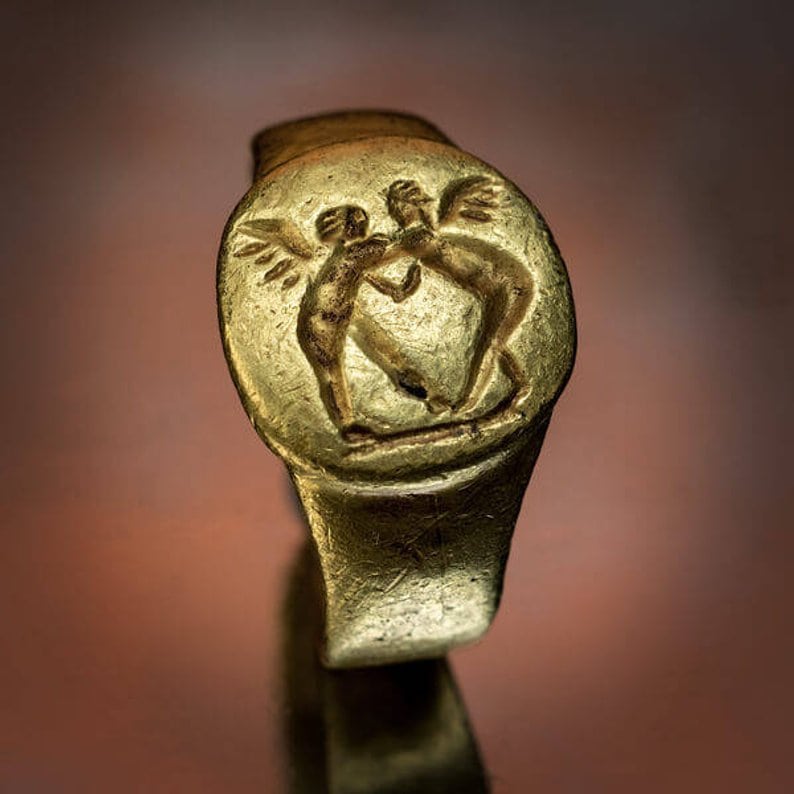
The Romans and Greeks were also the first to begin personalizing their wedding rings. Some popular concepts was to have the ring engraved with symbolic images. For example, the ring above features the twin love gods Erotes wresting with each other, symbolizing desire, passion or even the doubts and inner conflicts of the bride.
Later on, some couples would have their images engraved on the ring, personalizing their wedding rings.
- Clasped Hands
Clasped hands symbolized the uniting of the couple as one. It also symbolized the act of marriage as a contract, and agreement between the two. As a result, the image of clasped hands became a popular concept that was carved onto ancient rings.
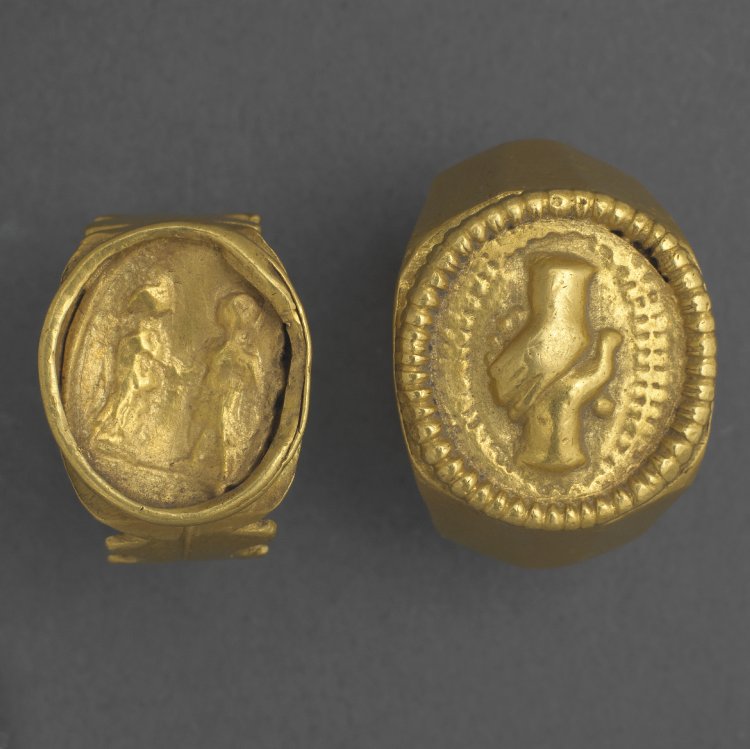
These were carved as cameos onto gold, displaying wealth. Later on, the concept of clasped hands evolved into fede or gimmel rings.
- Fede/Gimmel Ring
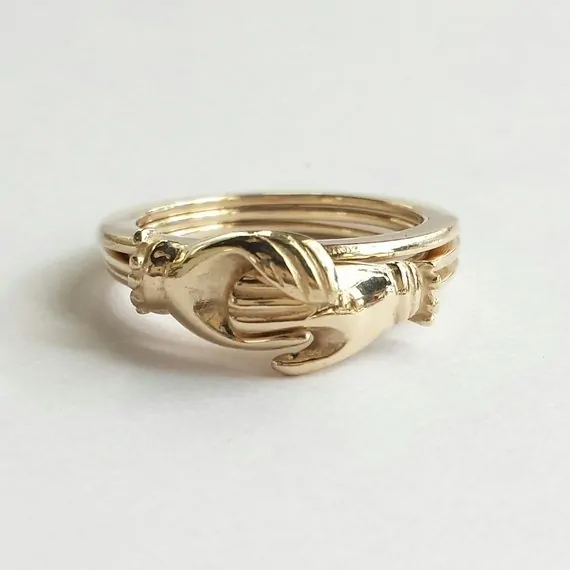
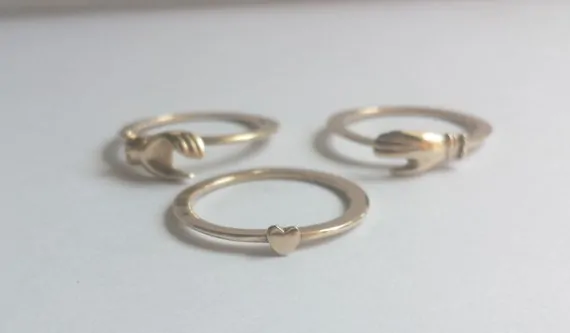
One of the earliest and most enduring style of wedding ring, the fede/gimmel ring became popular around the early 1100s and were worn to signify a couple’s betrothal and then wedding. It was an amalgamation of what is now our custom of wearing both an engagement ring and a wedding ring. These rings consisted of several linked hoops that when put together, formed two hands, either clasped together or holding a heart.
Popular variations include the Claddagh ring which is still worn today to signify a betrothal.
- Poesy Ring
Poetry became a highlight during the Renaissance era, and this can be seen in the rise of poesy rings. A predecessor of today’s engraved rings, this was a metal band (typically silver or gold) that contained a poem engraved into the metal, either inside or outside the shank.
Modern Day Wedding Rings
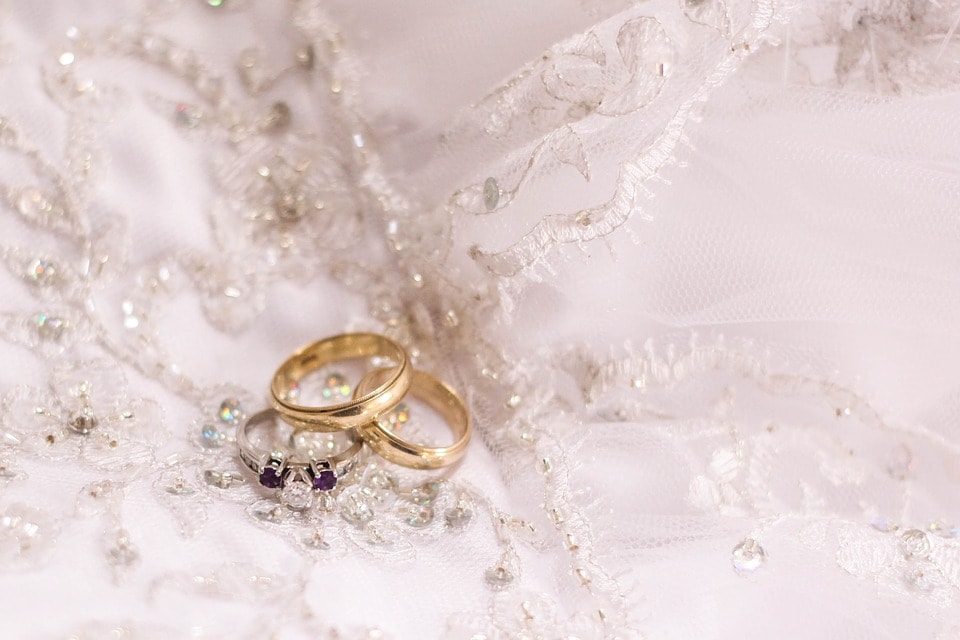
Today, most couples continue to exchange wedding rings to symbolize their unity and commitment. While gold still remains the classic wedding band choice, there are many other alternative metals such as titanium, tungsten, palladium, platinum, Damascus steel, mokume gane or meteorite that can be chosen for the wedding ring. This allows couples to personalize their ring even more based on their budget and other preferences.
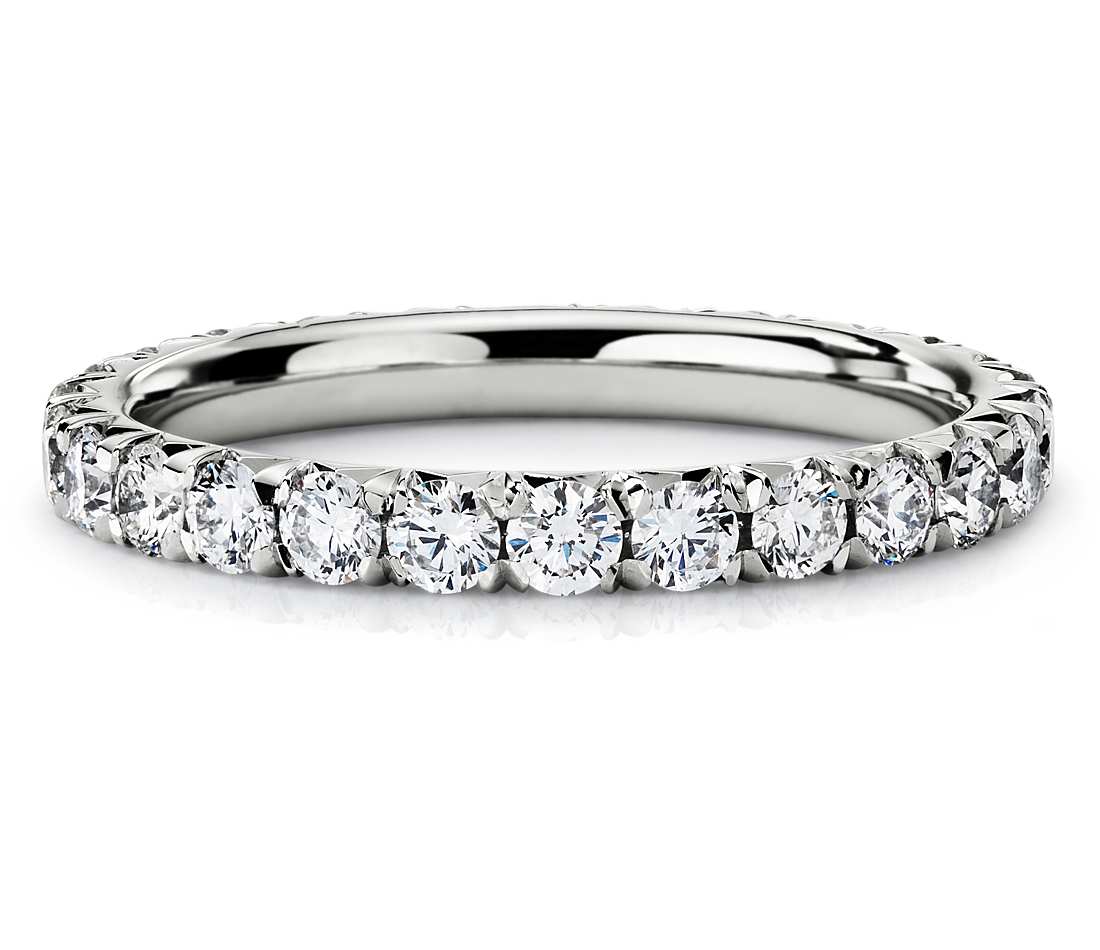
Another big trend is that of wearing an eternity band, to symbolize everlasting love. These wedding bands include a row of little diamond melees going all around the perimeter of the shank. You could also choose gemstone eternity bands over diamonds for this look.
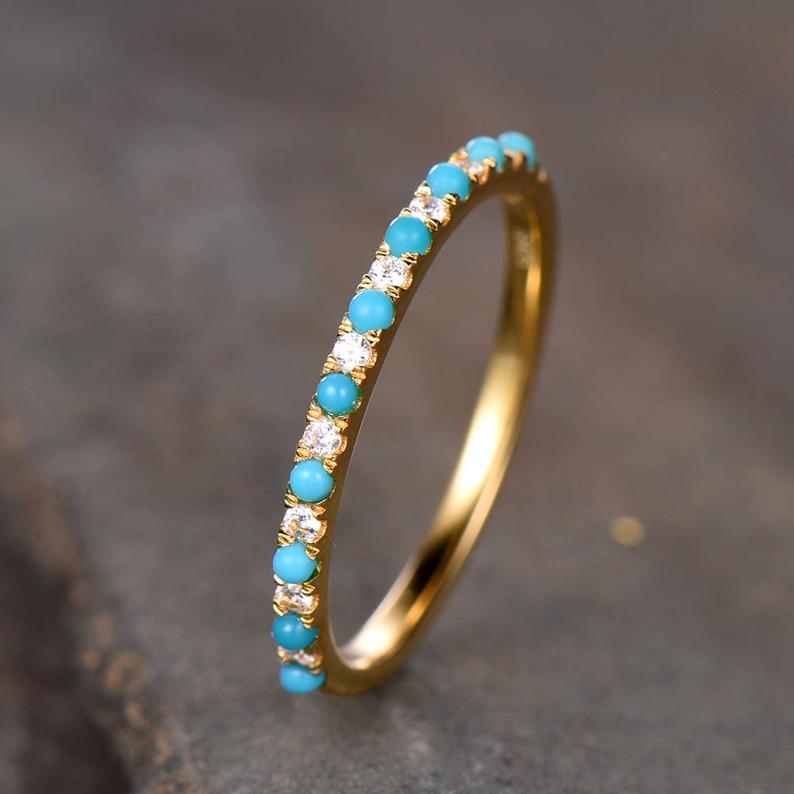
Some couples choose to forego the jewelry but keep the symbolism by having their ‘rings’ tattooed on their ring finger! A wedding ring tattoo is permanent, modern and a very unique way to continue the custom of wedding rings.
For those couples who are very outdoorsy and active, metal rings aren’t a practical choice. materials like rubber and silicone wedding rings are a good choice for such couples.
Do You Have to Wear A Wedding Ring These Days?
Throughout history the wedding ring was mandatory in many cultures, especially for women, as it signified that marital status of the person and marked them as ‘off the marriage market’.
Today, wearing a wedding ring is a choice. Unless your part of a religion where wearing a ring is mandatory, you and your partner can choose whether or not you want to wear a wedding ring. There are no hard and fast rules about this. And if you decide not to wear one, no drama. That’s totally up to you.
Having said that, the majority of couples getting married choose to wear wedding rings, paying homage to an ancient tradition.
What’s the Future of Wedding Rings?
The custom of wedding rings has endured for millennia and it’s very likely that this will not change… possibly for thousands of years more. While the styles and designs of wedding rings will continue to evolve and change to reflect the times they’re in, the overarching meaning of a wedding ring will not change.
As long as couples fall in love and get married, the symbolism of the wedding ring will continue to be relevant. And as long as it’s relevant, wedding rings, it’s safe to say, will continue to endure.





